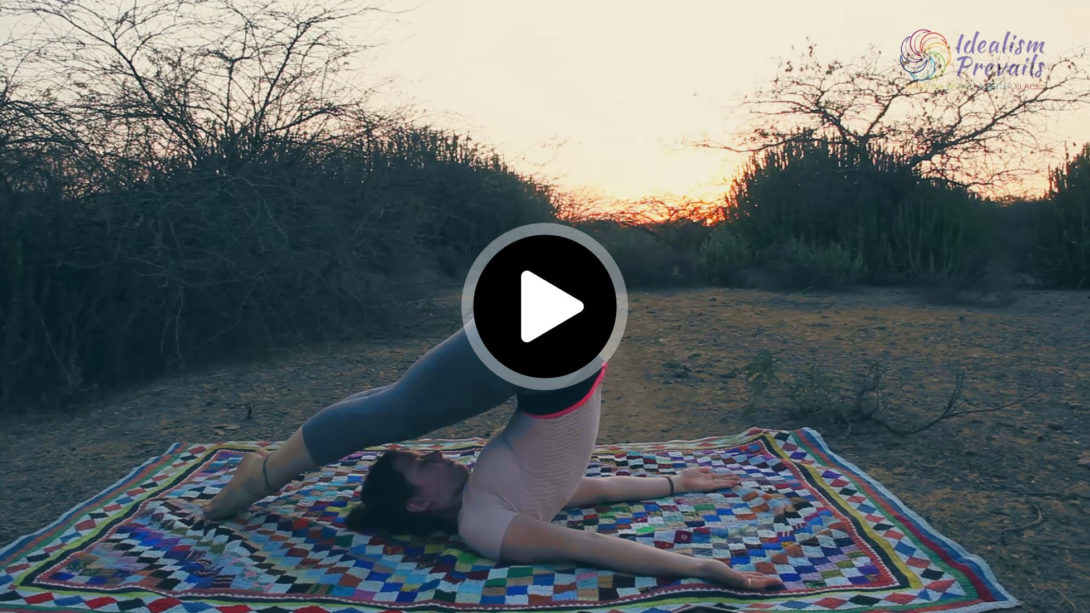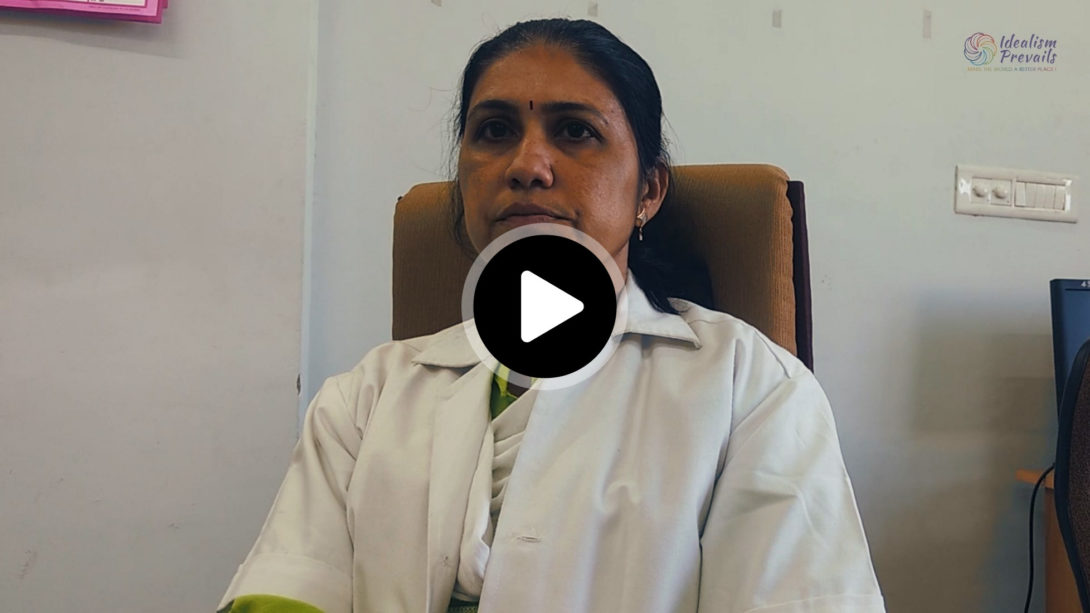Alternative Treatment for Underactive Thyroid
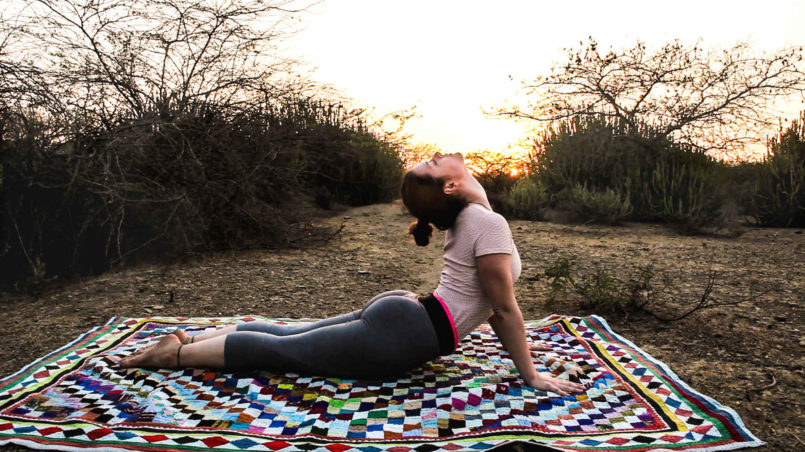
Many people worldwide suffer from hypothyroidism and find little or no relief, hence here I want to present you with an alternative treatment method by using Ayurveda and Yoga.
Hypothyroidism is a disease where the butterfly-shaped endocrine gland in the base of the neck, just below the “Adams Apple”, produces fewer thyroid hormones (T3, T4). It is seven to ten times more common in women than in men and it increases with age. It is a condition which not only affects the thyroid gland, but it affects the whole body.
If you suffer from hypothyroidism, you might suffer one of the following symptoms: weight gain, constipation, indigestion, infertility, intolerance to cold, dry skin and hair, weakness and tiredness, sleeping difficulties, irregular menstruation, depression, puffy face/eyes, water accumulations, loss of concentration, bradycardia (slow heart rate), decreased libido, muscle cramps …
There are many different reasons why hypothyroidism may occur, but worldwide the most common cause is Iodine deficiency although, in iodine-replete areas, the most common cause is an auto-immune disease.1 Dr. Thierry Hertoghe, President of the International Hormone Society, states that, in his opinion, thyroid deficiency occurs in 20% to 50% (20-50 people in every 100) of a standard population.2 In Europe and the USA, the most common cause of hypothyroidism is the auto-immune disease, “Hashimoto Thyroiditis”, an inflammation of the thyroid gland. It is a disease where antibodies are directed against the thyroid gland and lead to chronic inflammation.
Many people who suffer from hypothyroidism do not find relief from their symptoms even though they take artificial hormones and, therefore, it is advisable to start considering an additional alternative approach towards this disease.
It is obvious that these signs and symptoms will have a strong impact on someone’s daily life and sometimes the (lifelong) replacement of these hormones with artificial ones such as e.g. L-Thyroxine does not always help to find relief for all the symptoms. Many patients suffer from tiredness, weight gain or infertility. Therefore, I want to introduce you to an alternative additional way of dealing with hypothyroidism and its symptoms: YOGA & AYURVEDA
YOGA, especially asanas (postures) and pranayama (breathing exercises) are not only great in helping to deal with everyday stressful situation and calming down the mind but some asanas & pranayama also help to increase the blood supply to the thyroid gland, therefore stimulating it in releasing more hormones. Other asanas will help to stimulate the pituitary gland, a small gland in the brain, which is directly related to the release of thyroid hormones. And others will merely help in reducing weight.
Here is a list of some of the beneficial asanas and breathing exercises:
- BHUJANGASANA: Cobra pose, gives a good stretch to the thyroid gland and increases the blood supply and also the release of hormones: 30 sec – 2 min.
- USHTRANASANA: Camel pose, opens up the chest and gives a good stretch to the thyroid gland, therefore stimulating it: 30 sec – 1 min.
- SARVANGASANA: Shoulder stand, balances out all the systems in the body e.g. circulatory, endocrine, respiratory … because of the pressure effect. Also stimulates the pituitary gland, which has a direct effect on the release of thyroid hormones: 30 sec and gradually increase to 2 min.
- HALASANA: Plough pose, compresses the thyroid gland and therefore stimulates it: 30 sec – 2 min.
- MATSYASANA: Fish pose, gives a good stretch on the thyroid gland, hence stimulting it: 1- 2min.
- SURYA NAMASKAR: Sun salutation, in the morning, for weight loss: 10 times.
- BHASTRIKA: First inhale and exhale normally a few times, then take a deep breath and breathe out through the nose, continue like this, quickly and strongly contracting the diaphragmatic muscles; when inhaling blow air into the stomach and when exhaling expel the air. Do it in a rhythmic manner and maintain the speed: 10 times = 1 round, 3 rounds in total and normal breathing in between.
- KAPALBHATI: Inhale & exhale sharply through the nose while using the muscles of the throat: 10 times = 1 round, 3-5 rounds and normal breathing in between.
- UJJAYI BREATH: Close the mouth, constrict the glottis and only breathe through the nose. You will hear a friction sound everytime you exhale.
- NADI SHODANA: Alternate nostril breathing, close the left side with the thumb and breath in for 2 sec from the right side and then close the right side with the middle finger and hold your breath for 4 sec, release the thumb from the left and exhale for 2 sec. Then inhale from the left side for 2 sec, hold for 4 sec, and exhale right for 2 sec. Inhale right and continue like this: 5 rounds, normal breathing in between.
- OM CHANTING: In the morning or evening before going to bed chant OM 10 times. You can also divide it into A-U-M.
Ayurveda, the Ancient Indian Medical System, basically means Science of Life and focuses greatly on a healthy way of living. In Ayurveda, much focus is placed on our digestion and nutrition, since every time we practise wrong and bad food habits our body produces toxins leading to more and more problems (an explanation of incompatible foods will follow in the next articles).
Since in Ayurveda hypothyroidism is one of the so-called lifestyle diseases, we asked Dr. Mandip Goyal, a renowned Ayurvedic doctor, why lifestyle diseases are drastically increasing nowadays:
As a treatment of hypothyroidism Ayurveda recommends a short course of “Panchakarma”, a purification process which detoxifies the body, either “Vamana”, medicated emesis, or “Virechana” medicated purgation. Additionally it it is recommended to start with “Abhyanga”, full body massage with sesame or mustard oil, followed by “Swedana”,hot steam, along with “Udwartana”, dry powder massage with chickpeas flour, barley flour and triphala (ayurvedic medicine). This is very beneficial for losing weight, improving the digestive power and expelling toxins from the body.
If one can not undergo the Panchakarma treatment, it is still recommended to undergo a fast with a light diet for some days, like “Kitcheri” (rice cooked with lentils) and drinking hot water – with or without dry ginger powder – throughout the day, as it is easier to digest.
For further information regarding these treatments, consult an Ayurvedic practitioner.
_
Credits
| Image | Title | Author | License |
|---|---|---|---|
 |
Bhujangasana or Cobra pose- | Isabel Scharrer | CC BY-SA 4.0 |
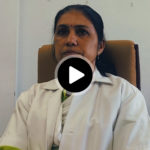 |
VideoPic-Mandip Goyal | Idealism Prevails | CC BY-SA 4.0 |
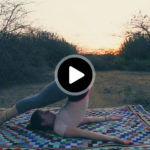 |
VideoPic-Isabel Scharrer | Idealism Prevails | CC BY-SA 4.0 |

